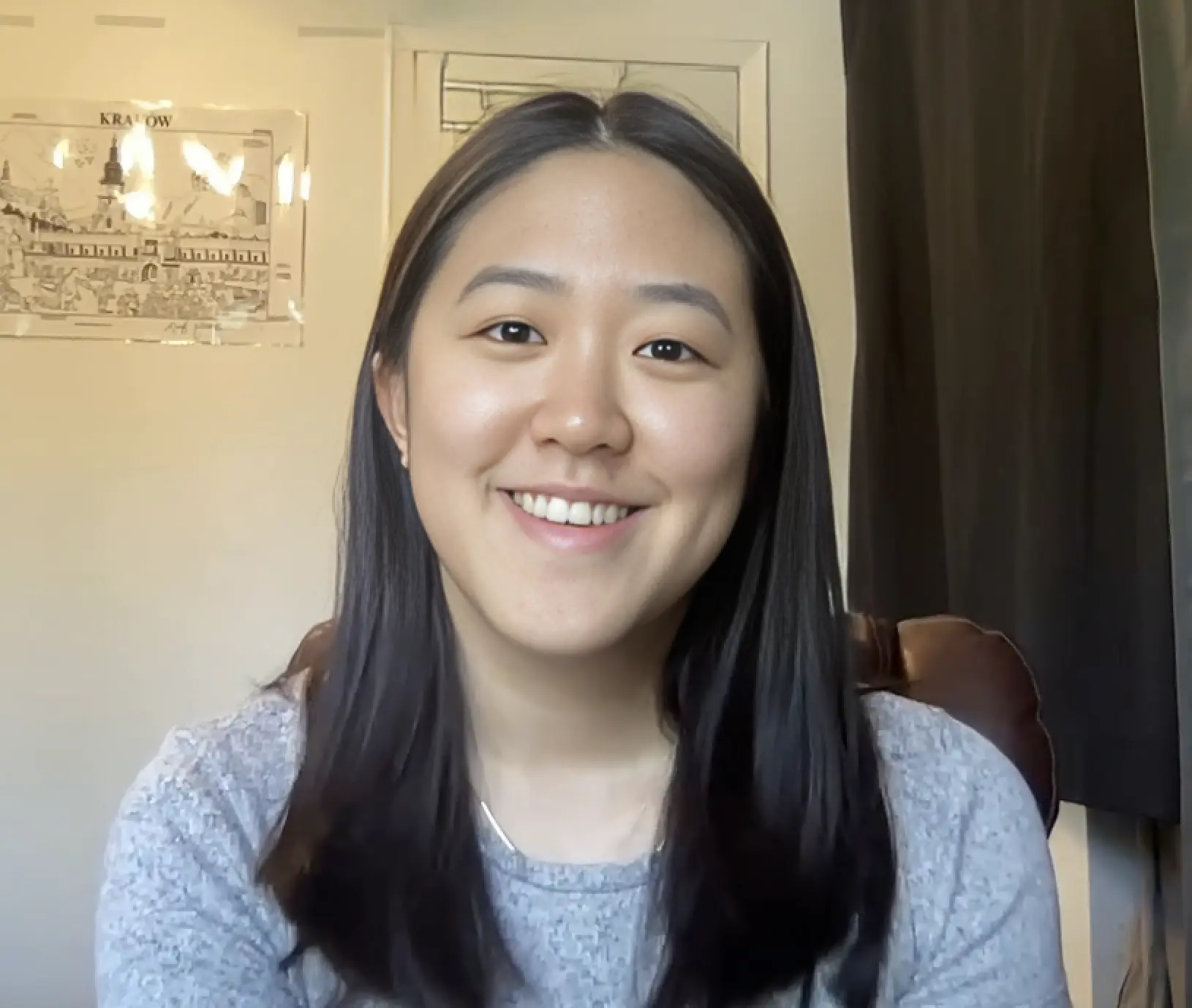Engaging high school students in learning is essential for their academic success and future opportunities.
As students grow older, they often face distractions and pressures that can lead to disengagement in the classroom. Keeping them engaged requires innovative strategies and a supportive environment that fosters curiosity and critical thinking.
To maintain interest, you can incorporate technology and interactive teaching methods that resonate with students' daily lives.
Personalized learning experiences also play a vital role, as they allow students to explore topics that interest them, creating a more tailored and motivating educational experience.
Key Takeaways
- Use technology and interactive methods to boost engagement.
- Personalize learning to align with student interests.
- Foster critical thinking and creativity through dynamic approaches.
Understanding Student Engagement
Engaging high school students in learning involves recognizing the different dimensions of engagement and knowing why they are critical.
You need to consider behavioral, emotional, and cognitive aspects to create a vibrant learning environment.
Dimensions of Engagement
Behavioral engagement is about how students participate in school activities, both academically and socially. Look for signs such as attending classes, completing assignments, and participating in group activities. Encouraging collaboration can help enhance this engagement.
Emotional engagement relates to how students feel about their school and learning. Do they trust and feel valued by their teachers and peers? Feeling supported in this way improves motivation. According to Edutopia, using a mix of instructional strategies keeps emotional connections strong.
Cognitive engagement involves students’ effort and persistence in understanding complex ideas. This challenge requires critical thinking and problem-solving skills. Motivation plays a key role here, as does the ability to push through difficulties. Strategies include asking questions that promote deep thinking and providing tasks that stretch students' capabilities, as discussed in this blog.
Importance of Engagement in Learning
Understanding student engagement is crucial for academic success.
Engaged students are more likely to achieve higher grades and enjoy learning. High levels of engagement can reduce dropout rates and foster lifelong learners.
Creating a nurturing environment is essential for supporting emotional engagement, which promotes resilience and interest in school activities.
Learning communities provide valuable support networks. Encouraging discussions and collaborative tasks fosters a sense of belonging. This enhances commitment and participation at school.
Engaged students are more apt to take ownership of their learning, which results in better comprehension and retention of material. For tips on fostering engagement, Edutopia offers effective strategies.
Strategies to Foster Student Engagement
Engaging high school students in learning requires innovative approaches. Key strategies include using interactive methods, honoring diverse backgrounds, and incorporating fun elements like games in lessons.
Active Learning Techniques
Active learning strategies focus on involving students directly in the learning process. Instead of just listening, students participate through discussions, group work, and hands-on activities.
For example, using think-pair-share allows students to think about a topic, discuss with a peer, and then share with the class. This technique encourages deeper understanding and retention.
Another approach is using problem-based learning where you present students with a real-world problem to solve. This fosters critical thinking and collaboration.
Active learning not only makes classes more engaging but also improves student motivation and performance.
Culturally Responsive Teaching
Culturally responsive teaching involves recognizing students' cultural references in all aspects of learning. This strategy helps create an inclusive environment where students feel respected and understood.
Begin by incorporating materials that reflect different cultures. You could include stories, examples, or historical references from various backgrounds.
Another method is to create assignments that allow students to explore and share their own cultural experiences.
This approach not only increases engagement but also improves academic outcomes by making learning relevant. It also helps students develop a broader perspective and respect for diversity.
Game-Based Learning and Gamification
Game-based learning incorporates educational content into games, while gamification adds game-like elements to learning activities. Both strategies harness the engaging power of games to motivate students.
Incorporate game-based learning by using educational games that align with lesson objectives.
Alternatively, use gamification by introducing elements like point systems, badges, or leaderboards to track progress and reward effort.
These strategies make learning more enjoyable and can increase students' commitment to their studies. By tapping into the natural love of play, you make lessons more attractive and effective. Games also help in reinforcing learning through repetition and immediate feedback.
Creating an Engaging Classroom Environment
To create an engaging classroom environment, it is essential to focus on effective classroom management and design collaborative spaces. These strategies help students feel more connected to their learning and each other.
Classroom Management for Engagement
Good classroom management is key to keeping students engaged.
Start by setting clear rules and expectations. Make sure students know what is expected from them each day. This structure helps maintain order and allows students to focus on learning.
Incorporate varied teaching methods to cater to diverse learning styles. Use interactive methods like group discussions or hands-on activities to capture interest.
Regular feedback and positive reinforcement also play vital roles in encouraging active participation.
Creating a safe and supportive environment can further boost engagement. Encourage students to express their thoughts and ideas. By giving them a voice, you empower them to take ownership of their learning.
Designing Collaborative Learning Spaces
Designing spaces that foster collaboration can enhance student engagement.
Arrange desks in clusters or circles to promote group work and discussions. This setup encourages interaction and teamwork among students.
Incorporate flexible seating options to allow movement and choice. Creating a versatile environment helps students feel comfortable and more willing to collaborate.
Consider using tools like whiteboards or digital devices to facilitate group projects and presentations.
Include areas where students can showcase their work. Displaying projects or art fosters a sense of pride and motivates students to contribute more actively. This recognition helps build a stronger classroom community and encourages ongoing engagement.
Incorporating Technology and Blended Learning
Integrating technology and blended learning into classrooms can transform education for high school students. By utilizing educational tools and offering flexible learning environments, you make education more accessible and engaging.
Assistive Educational Technologies
Using technology in education includes tools designed to assist different learning needs.
Applications like Nearpod help teachers present interactive lessons, allowing students to engage directly with the material. This ensures students with diverse learning styles get the support they need.
Devices and software can also offer personalized learning paths. This means students can learn at their own pace, focusing on areas where they need more practice. This personalized approach enhances understanding and retention of subjects.
Blended and Remote Learning Opportunities
Blended learning combines traditional classroom methods with online education tools. This approach lets students experience both face-to-face interaction and the flexibility of remote learning.
Students can study materials online and participate in discussions in class, providing a balanced learning environment.
Remote learning can make education accessible from anywhere, which is particularly beneficial for students with other commitments. Platforms like video conferencing and online resources ensure continuity in education, even when traditional classroom settings are disrupted.
These blended opportunities help prepare students for the demands of modern, digital workplaces.
Assessment and Feedback for Learning
Incorporating assessment and feedback into learning can significantly enhance student engagement and achievement. By focusing on formative assessment practices and creating effective feedback loops, you can foster a supportive learning environment.
Formative Assessment Practices
Formative assessments are vital in helping high school students stay engaged. They are designed to monitor student learning and provide ongoing feedback.
Techniques such as quizzes, peer reviews, and self-assessments encourage students to reflect on their progress. This reflection promotes a deeper connection with the material.
Using varied methods keeps learners interested.
For instance, interactive quizzes and group discussions are excellent for gauging student understanding. These assessments enable you to identify areas where students struggle and adjust teaching strategies accordingly.
The goal is to offer continuous support and motivate students to improve without the pressure of grades.
Effective Feedback Loops
Establishing effective feedback loops is essential for maintaining an engaging classroom.
Feedback should be specific, timely, and constructive. High-information feedback, which includes suggestions on self-regulation and improvement strategies, has shown to be highly effective.
Encouraging students to actively participate in feedback processes allows them to take control of their learning.
Asking students to set goals and reflect on their achievements creates a sense of ownership. Engage with students using open communication and listen to their perspectives. This helps build trust and promotes a positive learning atmosphere.
Student Motivation and Self-Regulation

Student motivation and self-regulation play crucial roles in keeping high school students engaged in learning. Fostering competence and autonomy can empower students to take control of their education, while setting goals encourages effective self-regulated learning habits.
Building Competence and Autonomy
Building competence involves helping students feel capable in their ability to learn and perform tasks.
You can encourage this by providing constructive feedback and allowing students to reflect on their progress. Positive reinforcement and recognizing achievements boost confidence.
Autonomy gives students a sense of control over their learning process. Allowing them to make choices about assignments or projects can improve engagement. This could be as simple as letting them choose topics that interest them for research papers.
When students feel competent and autonomous, their intrinsic motivation tends to increase. They are more likely to experiment with new ideas, seek out challenges, and persist through difficult tasks. These skills are vital for lifelong learning and achievement.
Goal Setting and Self-Regulated Learning
Setting goals is integral to self-regulated learning.
Encouraging students to set specific, measurable, achievable, relevant, and time-bound (SMART) goals can give them direction and purpose. You can guide them to break larger tasks into manageable steps to avoid feeling overwhelmed.
Self-regulated learning requires students to monitor and evaluate their progress.
Teaching techniques like self-assessment and reflection helps them adjust strategies as needed. For instance, keeping a learning journal can provide insights into their strengths and areas for improvement.
Providing tools and strategies for setting and achieving goals aids in developing self-regulation skills. With practice, students learn to manage their time, resources, and motivation more effectively, leading to improved academic performance and personal growth.
Developing Critical Thinking and Problem-Solving Skills
Engaging high school students in learning involves cultivating their critical thinking and problem-solving skills. Activities and projects that connect to real-world situations are key methods for achieving these objectives.
Promoting Critical Thinking Through Activities
To boost critical thinking, incorporate activities like debates, Socratic questioning, and role-playing in the classroom. These activities encourage students to think critically about different viewpoints and examine their beliefs.
Integrating nonfiction perspective-taking readings helps develop these skills by exposing students to various arguments and analyses. This method challenges them to form and defend their opinions.
Allow students to work on problem-finding exercises where they identify issues and devise their own solutions. This active engagement allows them to take ownership of their learning journey and sparks curiosity.
Project-Based Learning and Real-World Application
Incorporating project-based learning advances both critical thinking and problem-solving skills.
By engaging in complex projects tied to real-world issues, students learn to apply classroom knowledge creatively.
Real-world projects require collaboration, research, and the practical use of knowledge. For instance, a community-focused project might address local environmental concerns, motivating students to find solutions and present them.
These projects allow students to see the relevance of their work beyond the classroom, leading to deeper engagement and interest. Engaging students in this way prepares them for real-life challenges and promotes lifelong learning skills.
Personalizing Student Learning Experiences
Making learning experiences more personal can help keep high school students engaged by catering to their individual needs and interests. By tailoring teaching methods, you can enhance the effectiveness of learning strategies. This also fosters creativity through open-ended projects.
Personalized Learning Strategies
Personalized learning aims to fit lessons to each student's strengths, needs, and interests. This approach might involve using technology to create customized learning plans that respond to how students learn best. Tools like adaptive learning software can help track progress and adjust content accordingly.
You can also employ flexible groupings or individual pathways, allowing students to progress at their own pace. Encourage learners to set their goals, promoting accountability and motivation. Teachers can act as facilitators, guiding students to resources that suit their learning styles.
Open-Ended Projects and Creativity
Open-ended projects provide a platform for students to express their creativity and explore topics that interest them deeply. These projects can be designed to relate to real-world problems, making learning more relevant and engaging.
Students benefit by having the freedom to choose how to approach a project, stimulating innovation and problem-solving abilities. Allow students to use a variety of mediums—such as writing, art, or technology—to present their findings. This flexibility not only sparks interest but also helps students develop critical thinking and research skills.
Enhancing Teacher-Student Relationships
Strong teacher-student relationships are crucial for fostering a positive learning environment. By focusing on support and professional growth, educators can improve engagement and success in the classroom.
The Role of Teacher Supports
Providing students with consistent support is key to building strong relationships. As a teacher, you should aim to show respect, kindness, and patience, which encourage students to feel valued. Positive interactions can lead to better academic and behavioral outcomes. Trust and understanding are essential for students to feel comfortable expressing their thoughts and struggles.
Communication is another important aspect. Regular check-ins and open dialogue help students see that their concerns are heard. This establishes relationships that motivate students to participate actively in class.
Professional Development for Teachers
Engaging in professional development helps you implement effective teaching strategies. Training sessions often focus on skills like active listening, empathy, and conflict resolution, which are vital for building relationships. By enhancing your skills, you can better meet each student's needs.
Interactive workshops and peer collaboration are useful tools for learning new techniques. Applying these in the classroom improves your ability to connect with students. Continuous learning keeps you updated on innovative ways to create supportive and engaging environments. Investing time in professional growth benefits both you and your students, making your teaching more effective and adaptive.








































































